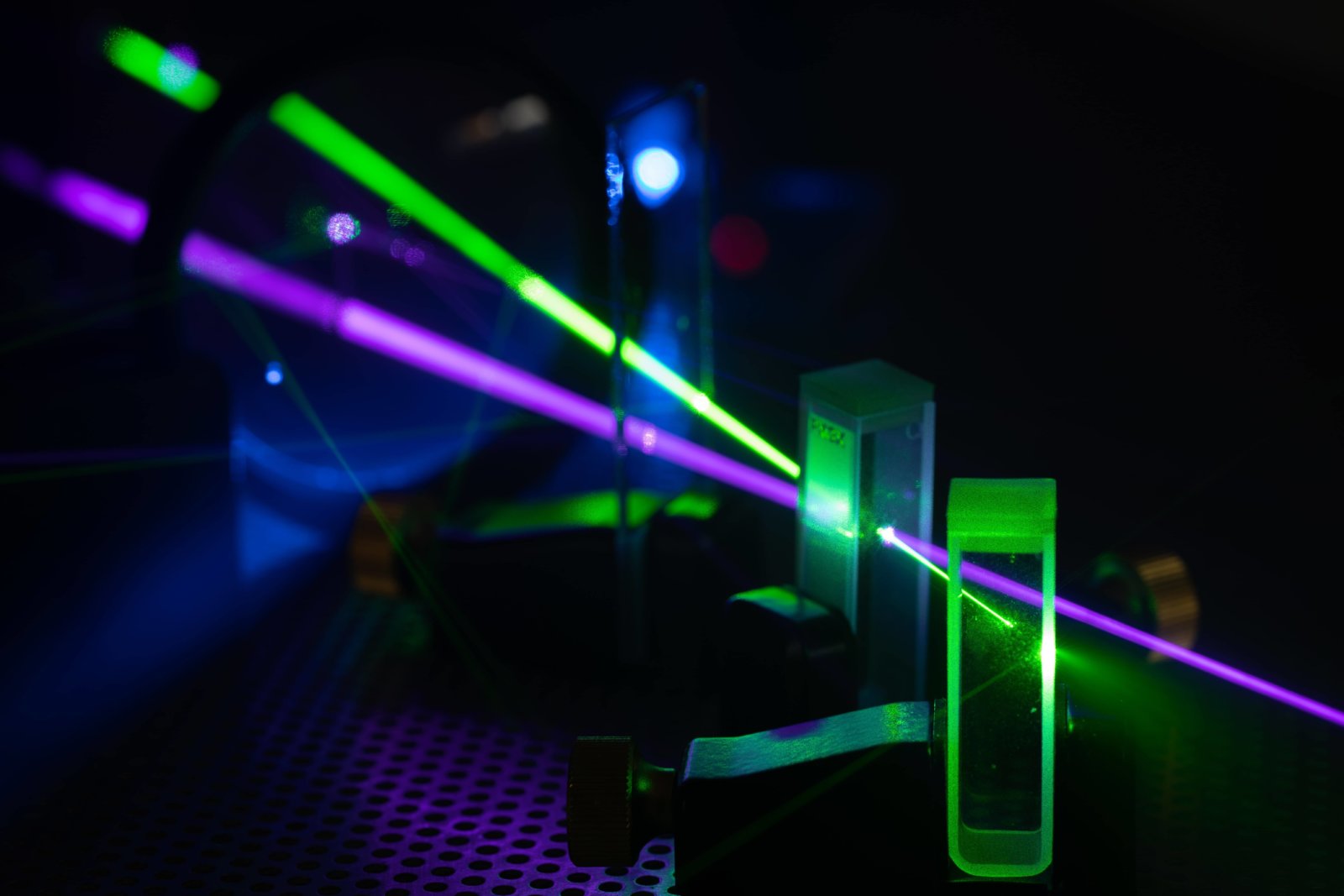 nationallaser.com
nationallaser.com Introduction: The Quest for Tattoo Removal Laser tattoo removal has become increasingly popular, offering a way to erase or significantly fade unwanted ink. This post focuses on the 96+ Laser Tattoo Removal Eyeliner treatment – a specific approach designed for the delicate eye area. We'll delve into what it entails, the process, and what you can realistically expect. This isn't a substitute for professional medical advice, but a general overview to help inform your research.
Understanding 96+ Laser Tattoo Removal Eyeliner 96+ generally refers to the specific laser wavelength or technology utilized in the treatment. This can signify a specialized setting or method optimized for black or dark-colored pigments often used in eyeliner tattoos. The 'Eyeliner' aspect simply means it's tailored for removing tattoos in the sensitive skin around the eyes. The process utilizes a laser to break down the tattoo ink into smaller particles that the body can then naturally eliminate. Remember, results will vary greatly based on your skin type, the ink used, and how well your body responds to the treatment.
Review: Factors to Consider Before diving into the step-by-step guide, let's consider some crucial aspects of laser tattoo removal in this delicate area.
- Pain Level: Laser tattoo removal can be uncomfortable, often described as a snapping rubber band feeling. The eye area is particularly sensitive. Discuss pain management options with your practitioner (numbing creams, cooling devices, etc.)
- Number of Sessions: Complete removal rarely happens in one session. Multiple treatments (often several weeks apart) are typically required. The number varies based on the tattoo's age, ink density, depth, and color.
- Risk of Side Effects: Possible side effects include swelling, redness, blistering, scarring, and pigment changes (hypopigmentation or hyperpigmentation). Thoroughly discuss these risks with your technician.
- Cost: Laser tattoo removal is an investment. Each session can range in price, so factor this into your decision.
- Practitioner Expertise: This is paramount. Choose a qualified and experienced technician or dermatologist who specializes in laser tattoo removal, particularly around the eyes. Verify their credentials and read reviews.
Step-by-Step Guide: Preparing for and Undergoing the Treatment 1. Consultation: Schedule a consultation with a reputable practitioner. They will assess your tattoo, skin type, and medical history to determine if you're a suitable candidate. Discuss your expectations and potential risks. 2. Test Patch (Recommended): Before a full treatment, a test patch is highly recommended. This involves treating a small area to observe how your skin reacts to the laser. 3. Pre-Treatment Preparation: Follow your practitioner's instructions. This might include avoiding sun exposure, certain medications, and specific skincare products in the weeks leading up to your appointment. 4. Treatment Day: Arrive with clean skin and no makeup around the eyes. The practitioner will likely apply a topical numbing cream to the area. Protective eyewear is essential. 5. The Procedure: The laser will be carefully directed at the tattooed area. You may feel a snapping sensation. The duration depends on the size of the tattoo. 6. Post-Treatment Care: Follow the aftercare instructions meticulously. This usually involves applying a soothing ointment, keeping the area clean and covered, and avoiding sun exposure. Avoid rubbing or picking at the treated area. 7. Follow-Up Appointments: Schedule subsequent treatments as recommended by your practitioner. Allow adequate healing time between sessions.
Conclusion: Realistic Expectations and Informed Decisions Laser tattoo removal of eyeliner is a complex procedure. It's crucial to have realistic expectations regarding the results, which can range from significant fading to near-complete removal. Success depends on many variables. Prioritize finding a qualified professional, understanding the risks, and adhering to aftercare instructions. Thorough research and open communication with your practitioner are key to making an informed decision.
Principle Of Laser Devices
 www.maple367.eu.org
www.maple367.eu.org Laser
 animalia-life.club
animalia-life.club Semiconductor Lasers
 nationallaser.com
nationallaser.com

0 komentar:
Posting Komentar